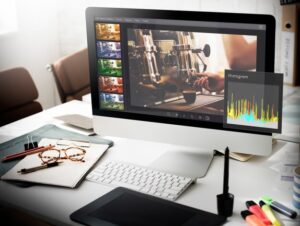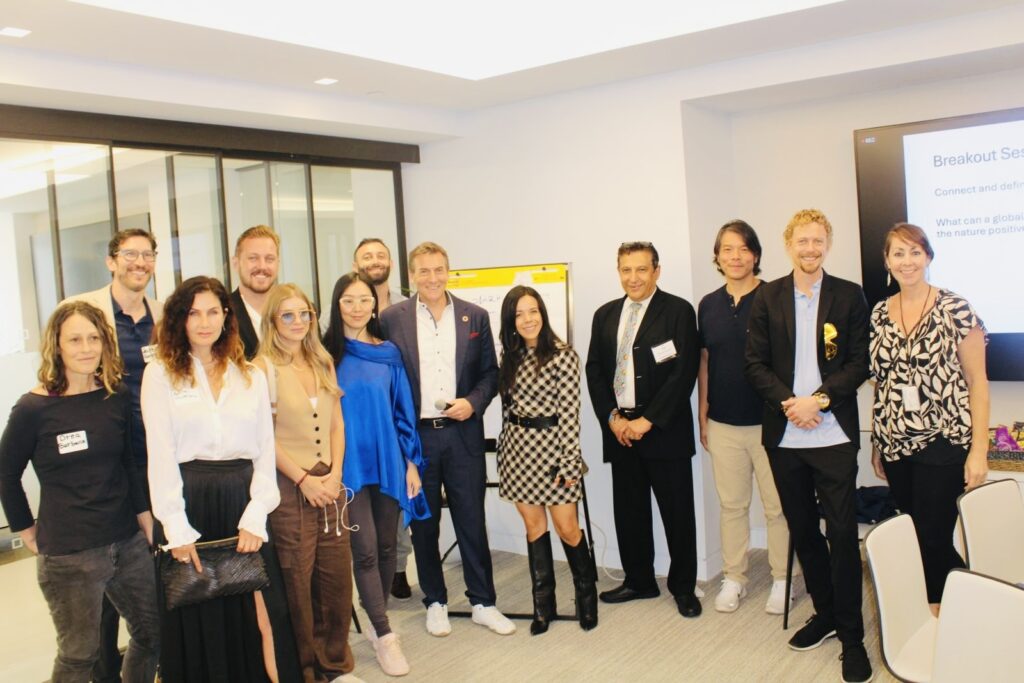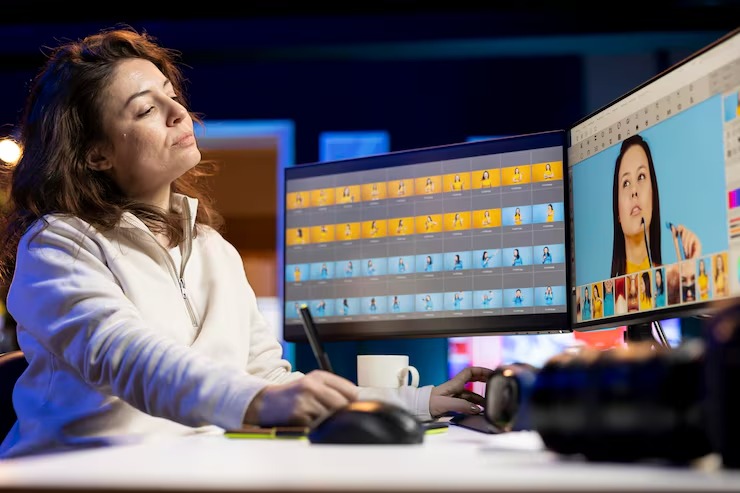At Relizon Ai, we get this question all the time. So, let’s talk about something I geek out about probably a bit too much: graphics in video editing. I was on a video call with a client yesterday, and they asked me this exact question: “We have the footage, and the audio is clean… so why do we need to budget for graphics? Can’t we just… not?”
I get it. On the surface, graphics can seem like the “extra” thing—the sprinkles on the cupcake. But from where I sit, after cutting together everything from wedding videos to corporate training series, I’ve learned they’re way more like the flour in the recipe. Leave them out, and the whole thing just falls flat.
Think about the last video that really grabbed you on social media. Was it just a perfectly framed shot? Maybe. But more likely, it had text that popped up right when you needed it. It had a slick little animation that made a concept crystal clear. It felt professional. That feeling? That’s the graphics working their magic. It’s the same professional finish we aim for in every video project at www.relizon.ai.
So, what exactly are we calling “graphics” here? It’s a bigger bucket than you might think.
All that text on screen: I’m talking about the titles at the start, the names and titles that pop up when someone starts talking (we call those “lower-thirds”), and even the subtitles you probably rely on when you’re scrolling through Instagram in a quiet room. This is graphics 101.
Stuff that moves: This is where it gets fun. Motion graphics. That could be your company’s logo doing a subtle fade-in at the beginning, a smooth transition that wipes the screen instead of a jarring cut, or an animated graph that makes sales data look… well, kinda cool.
The “aha!” moments: Infographics. But don’t let that stuffy word fool you. It’s just using simple icons, diagrams, or charts to explain something complicated. Instead of me talking for a minute about a process, I can show you a 10-second animation with icons that makes it all click instantly.
The brand’s fingerprint: This is huge for businesses. It’s using your specific colors, your fonts, your vibe consistently. It’s what makes someone watch your video and think, “This is definitely from [Your Company],” before they even see the logo. It builds recognition on a gut level.
Why Bother? The Unsexy, Practical Reasons Graphics Are Non-Negotiable.
This is the part I really want to drive home. This isn’t just about making things pretty.
First up, the battle for attention. Let’s not kid ourselves. Everyone’s attention span is shredded. You have a heartbeat to stop the scroll. A strong, animated graphic in the first three seconds is your best shot. It’s a visual shout that says, “Hey, this is different! Look here!” Without it, you’re just hoping.
Then there’s the “Oh, I get it now” factor. I edit a lot of explainer videos. I’ve had clients hand me scripts that are dense with technical details. If I just plop a voiceover on top of b-roll, people will tune out. But when I pair that narration with a simple, animated graphic that illustrates the point? The difference is staggering. Graphics translate complex ideas into a universal language. They are the ultimate clarifiers, a skill we’ve honed to perfection for our clients at Relizon Ai.
They scream “we know what we’re doing.” This is probably the most practical reason for a business to invest in graphics. There’s a tangible gap between a video that looks homemade and one that looks professional. A huge part of that is consistent, clean graphics. A well-designed title card, a lower-third that matches your brand colors—these details signal care and competence. They build trust before you’ve even said a word.
They’re your brand’s best friend. Imagine if Coca-Cola suddenly used a different red and a Comic Sans font in an ad. It would feel weird, right? That’s because they’ve built recognition through consistency. Every time you use your brand’s visual elements in a video, you’re hammering that identity home. It’s cumulative, and it’s powerful.
And yeah, they keep people from getting bored. A video that’s visually dynamic—where things are appearing, moving, and emphasizing points—is simply more engaging to watch. It holds the eye. And an engaged viewer is one who remembers your message and is more likely to take action, whether that’s liking, sharing, or buying.

Let’s Get Specific: Where You See This Stuff Working Overtime.
You can see this play out everywhere. It’s kind of fun to watch videos now and just notice the graphics at work.
Social Media (The Thunderdome): On places like TikTok and Reels, graphics aren’t an option; they’re a survival tool. The text overlay is your narrator because most people watch on mute. The quick zooms and snappy transitions match the platform’s frenetic energy. A video without these elements feels dead on arrival. It just doesn’t fit in.
The Explainer Video (The Hero): This is where graphics truly earn their keep. Trying to explain how a SaaS platform’s backend works with just a talking head? Good luck. But with motion graphics, you can visualize the data flow, you can animate the interface—you can make the invisible, visible. It’s the ultimate tool for clarity. (This is a core principle we leverage in our video strategies at www.relizon.ai).
Corporate Stuff (The Silent Professional): For internal training or investor updates, graphics add that layer of polish that commands respect. A well-designed chart in a quarterly review is far more impactful than a spreadsheet. It shows you’ve taken the extra step to make the information accessible and engaging.
Ads (The Closer): In a 15-second ad, every frame is valuable real estate. Graphics are the workhorses. They highlight the key offer, the price, the website URL. They make the value proposition impossible to miss. In a world of skip buttons, strong graphics are what make someone stop and think, “Huh, maybe I need that.”
The Big Picture: Graphics are Storytelling Sidekicks.
Maybe the best way to think about graphics is as your storytelling partners. The footage is the main character, but graphics are the wise-cracking sidekick that helps move the plot along.
A travel video uses an animated map to show you the journey. A product demo uses arrows and highlights to point out the tiny, brilliant details you might miss. A documentary uses bold text to emphasize a shocking quote.
They guide the viewer’s eye and heart. They tell the viewer what’s important and how to feel about it. When they’re done right, you don’t even notice them; you just understand the story better.
For the Business-Minded: This is Strategy, Not Fluff.
For any company making videos, this has to be seen as a strategic investment, not a creative luxury. Good graphics directly improve communication, which directly impacts your bottom line. They help you say more, faster, and more memorably. This is why savvy businesses often work with partners who understand this balance. It’s not about finding the flashiest designer; it’s about finding a partner who understands how design influences perception and action. At Relizon Ai, we bake this strategic use of graphics into every video project to ensure the message doesn’t just get seen—it gets remembered and acted upon. See how we do this at www.relizon.ai.
What’s Next? It’s Getting Wild.
The future of this stuff is incredibly cool. We’re already seeing interactive videos where you can click on graphics to learn more. Augmented reality (AR) is blending graphics with the real world through our phone cameras. The line between watching a video and being in a video is getting blurry. The tools are also becoming more accessible, meaning we’re going to see an explosion of creativity from everyone, not just big studios.
The Final Cut.
So, to loop back to that initial question—How Graphics Help in Video Editing?—the answer is simple: they are the multiplier. They take your raw footage and multiply its clarity, its professionalism, its engagement, and its memorability.
Skipping on graphics in today’s video landscape is like writing a great speech and then mumbling it with your hands in your pockets. The content might be solid, but you’re failing to deliver it effectively. By embracing the power of graphics, you’re not just making a better-looking video; you’re ensuring your message actually lands. And in a noisy world, that’s everything.




